The Coming Mental Illness Pandemic
Rapid urbanization will spark a significant rise in a wide range of neuropsychiatric illnesses, including depression, anorexia, anxiety, post-traumatic stress disorder, psychosis and schizophrenia. All of these disorders have been linked to the stresses of living in megacities.
Children growing up in cities, for example, have twice the odds of developing schizophrenia in adulthood than children living in rural settings. By 2025 more than 60% of the world’s population will live in large, sprawling cities.
The biological and psychosocial triggers for this impact on mental health have yet to be fully identified.
Poverty, higher crime rates and lower social cohesion are likely factors. Urbanization and migration lead to the breakdown of families, kin networks and communities. That loss of social capital increases stress on individuals.
Although the rise in mental illnesses in urban environments likely has social causes, drug companies have been actively trying to convince foreign populations to adopt a Western “brain disease” narrative. To date, Western drug treatments, including antipsychotics and antidepressants, have become popular in cultures across industrialized Asia and Africa. The diagnosis of “depression” was rarely used in Japan, for instance, until drug companies effectively marketed antidepressants there in the early 1990s. Now the condition is commonplace.
The care provided for the mentally ill in the US is a disaster that shames our country.
—Dr. Allen Frances
Chair of the DSM-IV Task Force
